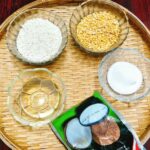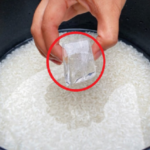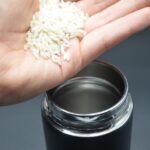When dining at upscale restaurants, patrons often notice that the rice is exceptionally sticky and fragrant, with each grain looking lustrous and appealing. It seems that no matter how high the quality of rice one uses at home, it never quite turns out as delectable as the rice served at these establishments.
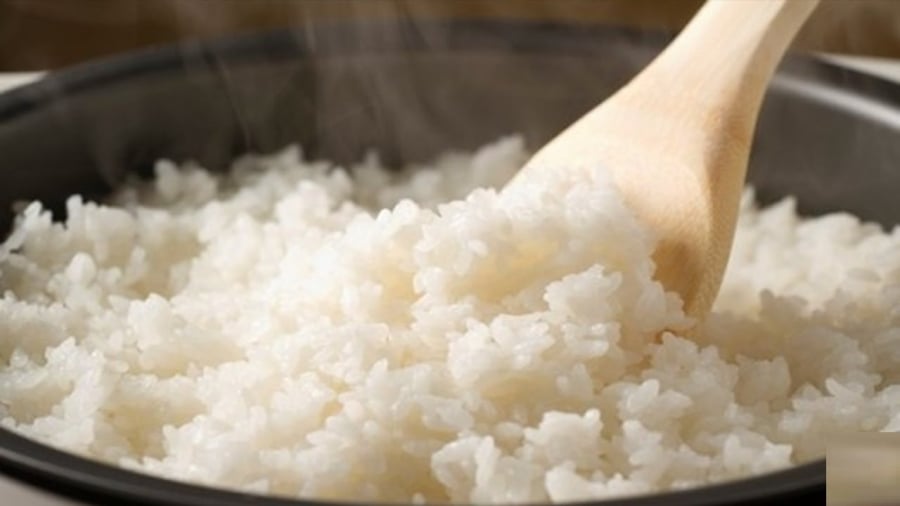
The Secret Ingredient Chefs Use to Make Rice Taste Better
In addition to using premium-quality rice, restaurant chefs often enhance their rice with carefully selected spices and ingredients. According to the head chef of a Chinese restaurant, a few simple additions to the rice cooking process can make a world of difference. Here are the steps to follow:
Rinse rice with warm water
While many people use cold water to rinse their rice, the secret is to use warm water at approximately 35°C. Avoid using hot water, as it can cause the rice grains to crack, affecting the overall aesthetic of the dish.
Additionally, when rinsing the rice, avoid scrubbing or rubbing it too vigorously. Gently swish the rice with your hand to remove any dirt or debris, and then rinse it once more with water.
Add vinegar, salt, and pork fat when cooking the rice
After thoroughly rinsing the rice, add it to your rice cooker or pot. Here’s the trick: add 1/2 teaspoon of white vinegar, 1/2 teaspoon of pork fat, and a pinch of salt. The white vinegar helps to enhance the whiteness and fragrance of the rice, while the pork fat adds a glossy sheen to each grain, a technique favored by many Chinese restaurants. A few grains of salt will also boost the flavor of the rice.
Use a spoon to gently mix the ingredients, and then add the appropriate amount of water. Avoid using boiling water, as it can negatively impact the taste of the rice. Instead, opt for cold water.
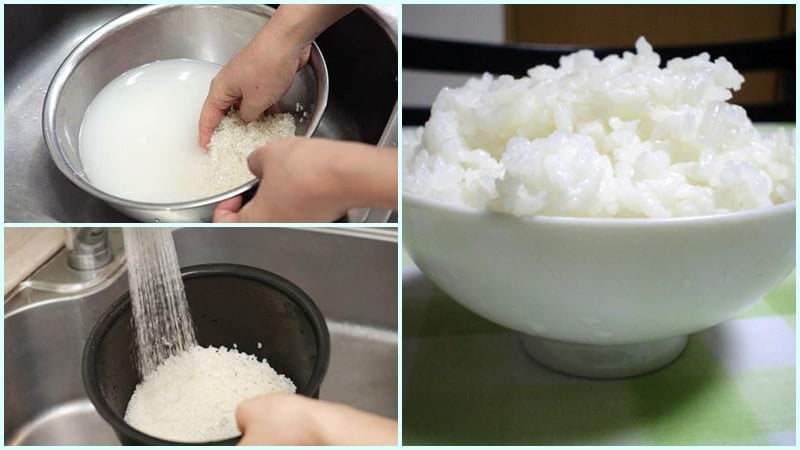
The Art of Cooking Delicious, Sticky Rice
Measuring the right amount of water for cooking rice
The traditional way to measure water is to dip your index finger into the pot. The water level should reach just below the second knuckle for perfectly cooked rice. However, this may vary depending on the type of rice and your personal preference for firmer or softer rice.
If you’re catering to a diverse group, including children and elderly individuals who may have different texture preferences, you can try a clever trick. Simply push some of the rice to one side of the pot, creating a shallower area with less water. This way, you’ll end up with both firmer and softer rice in the same pot once it’s cooked.
By following these tips, you’ll end up with rice that has a beautiful sheen, with each grain remaining distinct yet sticky and fragrant—a true culinary delight.
How to Cook Sticky Rice in a Rice Cooker: A Foolproof Guide to Deliciousness
“The perfect sticky rice dish is just a few simple steps away. With this easy-to-follow guide, you’ll be able to create a delicious and fragrant sticky rice using your rice cooker, without the hassle and time-consuming efforts usually associated with this dish. It’s a quick and efficient way to enjoy a flavorsome treat.”

























